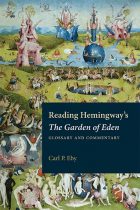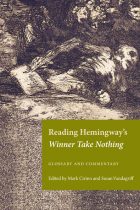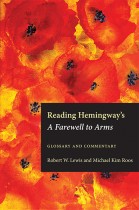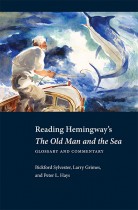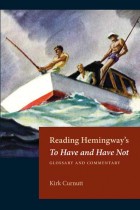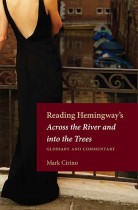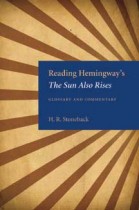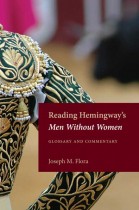Reading Hemingway’s For Whom the Bell Tolls
Alex Vernon | Filed under: Literature & Literary Criticism, Reading Hemingway, Recent Releases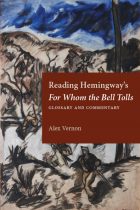
Published in 1940, Ernest Hemingway’s For Whom the Bell Tolls is widely considered a masterpiece of war literature. A bestseller upon its release, the novel has long been both admired and ridiculed for its depiction of Robert Jordan’s military heroism and wartime romance. Yet its validation of seemingly conflicting narratives and its rendering of the intricate world its characters inhabit, as well as its dense historical, literary, and biographical allusions, have made it a work that remains a focus of interest and study.

